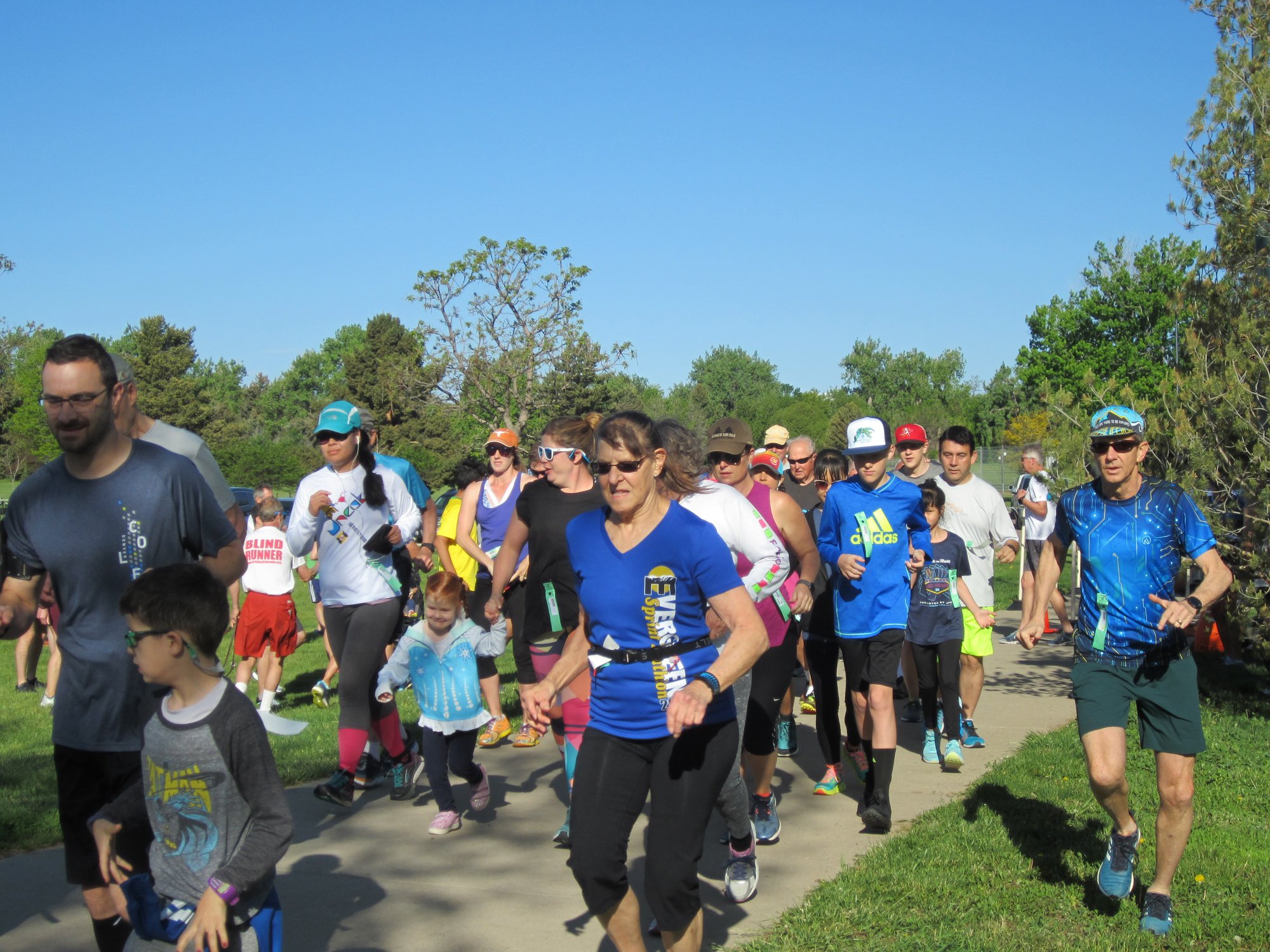by Peter Szymanski, PT, IOC, CFMT & Karen Voss Szymanski, MS, OTR, SIPT, IMC
The following article provides a brief look at some aspects of running to consider.
Think about your running tendencies. Can you vary your speed, do you run the same pace for 5k and 10k or even 1/2 marathon distances. Does your shirt always “fall” to one side, does the same side knee always hurt, do you feel prone to injury every time you either increase your training effort or change your training routine. Do you struggle with speed with running feeling “hard”? If you answered yes to any combination of these, you stand to benefit greatly from changing your running form.
Altering your running form can be an overwhelming or frustrating experience if too many aspects or components of your running are addressed at once. By committing to what you want to accomplish, you will be better able to keep your focus on the ongoing process one or two aspects at a time to attain greater efficiency in your running. It’s a good idea to keep a log of what you would like to get in your running and what the barriers are. By identifying barriers we mean determine what gets in the way of achieving the running lifestyle you want. It may be time constraints, pain, fatigue, functional or structural limitations in your body, lack of “know-how” or lack of awareness of your body’s limitations and abilities.
We found the mechanics of running to be much easier to define than to put into practice. During movement; the whole body is the sum of its parts working together synergistically and not in isolation of each other. When aligned, muscles are in position to do their job as designed. When one segment moves out of alignment, another segment must adjust to provide counter balance. As long as the shift from alignment is consistent with the intended direction of forward movement for running, there is balance.
When a segment moves out of alignment in an opposite direction from the intended movement of the body, misalignment occurs. This sets up an event compromising efficiency and increasing risk of injury. Misalignment begins a pattern of muscles being put into a position of overuse usually in a shortened range while others are silenced and put on tension or hold. Misaligned segments results in greater “pounding” of joints decreasing function of our body’s built in shock absorption and interrupting “elastic-recoil” for efficient propulsion. Learning to run efficiently helps you improve coordination of all of your body’s joints and muscles in their intended range and motor sequence pattern.
Strength, endurance, and speed will come to you with consistent training. Consistent training can only happen when the flexibility and coordination components are in place in your body. Trying to change your form only when you race will lead to frustration and will not get you the results you want. Make form training happen everyday in your routine with running & walking. Training your body is about changing your body’s habits and increasing your body awareness. Your mind may know what the body is supposed to do but the memory in your muscles, movements, and tissues need greater repetition to impact their habits or memory. Long-lasting change is an accumulation of joint and soft tissue flexibility with coordinated movements within full range, resting or supporting tissues in full range, and ultimately creating a new level of strength and endurance in that full range.
We will do a series of articles addressing running form and give ideas of ways to influence your own form throughout the 2008 running season. For now, process this information and begin to take note of your habits, tendencies, type of running you want to achieve and your body awareness level.
Peter, a physical therapist since 1984, is certified in Orthopedic & Functional Manual Therapy. He is currently enrolled in the Doctorate of Physical Therapy program at Regis University, teaching courses to his peers, mentoring, and treating. Karen’s background is in occupational therapy with adult neuro-trauma and pediatric clients. She is specialized in Functional Orthopedics, soft tissue mobilization & movement analysis. They both enjoy teaching Running Well Seminars®, mentoring youth, distance running and multi-sport events. Peter and Karen have over 40 combined years of experience and are in private practice in Denver.
You can contact them at 303-458-9660 or email info@CatalystTherapies.com with any questions or for consultation.

